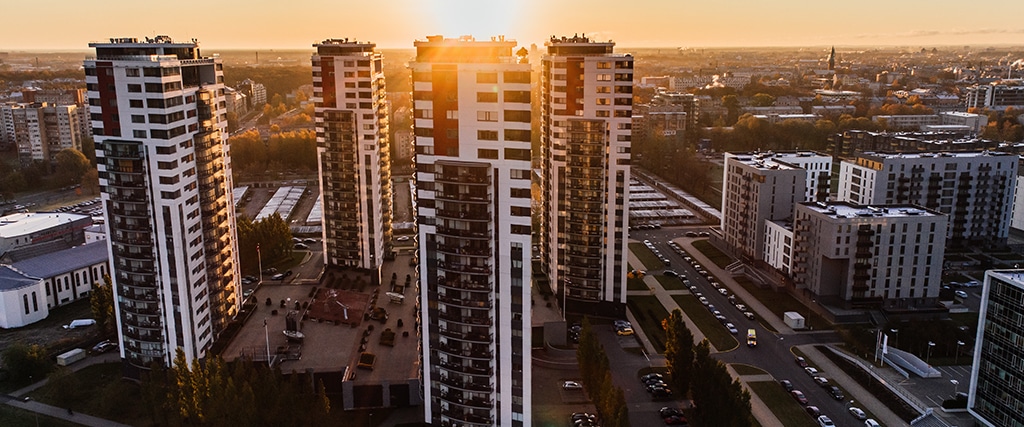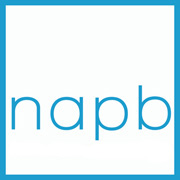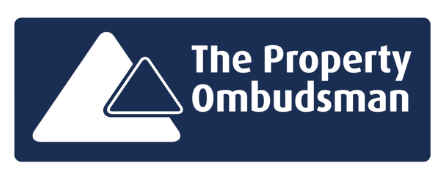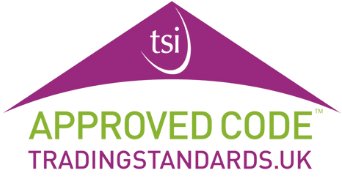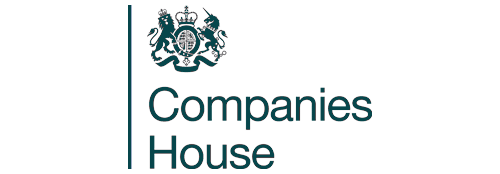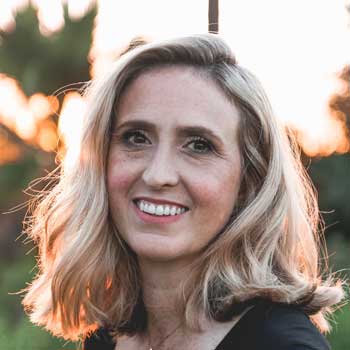Freeholds and leaseholds are the most common UK property ownership models.
Each one is different.
And these differences affect:
- Your rights, responsibilities, and control as a homeowner
- Charges you pay
- What happens when you want to sell the property.
Read on to learn about these differences and more.
What is freehold?
A freehold is indefinite ownership of property and surrounding land.
In other words, there is no time limit to your ownership. So, you don’t need to pay ground rent. And you have more control over property alterations.
Most houses in England and Wales are freehold but only some flats are.
What is leasehold?
A leasehold is the right to in a property there for a fixed period, as set out within the lease agreement.
It mostly applies to flats, but sometimes houses. The latter are often part of housing associations or shared ownership schemes.
The leasehold period is between 99 and 125 years for properties when first sold. A freeholder still owns the land and building itself. After this, the leasehold expires.
During the lease term, you must follow the terms and conditions limiting what you can do to the property.
You also need to pay the freeholder ground rent and service charges. These are for maintaining shared spaces.
Service charges
Typical service charges cover necessary costs like:
- Building insurance
- Regular cleaning
- Maintenance of communal areas (communal gardens, repairs, redecorating, shared facilities like lifts, etc.)
- Replacing a roof.
When your lease starts to run down, your ownership rights decrease.
With under 80 years remaining, it can impact mortgage eligibility. Under 50 years, you might struggle to sell until the lease is extended.
Significant differences between freehold and leasehold
1. Ownership rights
Freeholds give you property ownership indefinitely. Leaseholds mean you have rights for a fixed period.
2. Making changes
Freehold owners can make many changes their property (with planning permission). Leasehold owners are limited by their lease terms.
3. Ongoing costs
Freeholders aren’t obliged to pay ground rent or service charges. Leaseholders typically need to pay both of these.
4. Responsibilities
Freeholders are solely responsible for property maintenance and repairs, including shared spaces. Leaseholders pay someone else to manage communal areas.
5. Property value
Freehold properties are worth more than equivalent leasehold properties.
Summary: Control vs. convenience
In summary, freehold provides greater control, fewer ongoing costs, and higher property value.
However, the owner has more responsibility for upkeep, including shared communal spaces.
By contrast, leasehold provides less control, more ongoing costs, and lower property value. But the owner has less responsibility for upkeep of communal spaces.
Can you buy the freehold of a flat?
Flats commonly have multiple leasehold owners and one freeholder.
However, in some cases, leaseholders can purchase the freehold.
There are two routes to do this:
Enfranchisement
Leaseholders can buy the freehold of their building once half the flats have long leases. The purchase is made collectively and often at a discount. The joint freeholders are then responsible for management.
Buying the freehold if sold
Some freeholders may sell on the freehold title if they no longer wish to manage the property. This transfers complete ownership, rights and responsibilities to you as the buyer.
Buying the freehold can remove the obligation to pay rent and service charges.
However, as the new freeholder, you’d be responsible for maintaining the building and any shared communal facilities. Costs also apply for enfranchisement or purchasing the freehold.
How to renew a leasehold length?
Over time, leasehold property leases decline, increasingly impacting value and mortgageability. As a leaseholder, you have two options to renew your remaining term:
Lease extension
You can apply to extend your lease by 90 to 99 years in return for a premium payment.
This requires negotiating with your freeholder but means you avoid the higher legal costs of a lease renewal.
Lease renewal
Alternatively, you can renew your lease, receiving a new 999-year term. This may be cheaper than an extension but comes with added legal fees as it’s treated like a property sale.
Ideally, it would help if you renewed or extended your lease once it drops below 80 years. Leaving it as late as the final 30 years risks much higher premiums. Renewing the lease keeps your property desirable and mortgageable for future buyers.
For a typical 25-year mortgage, most lenders want a terms to have at least 85 years at the end of the mortgage period.
For example, say you have 100 years remaining and want to apply for a 30-year mortgage. Extending would take you down to 70 years at the end of the mortgage.
Extending to 125 years would then give you comfort room.
How to find out if your house is freehold or leasehold
Check the title deeds
Request these from the seller or landlord. The deeds confirm ownership and rights over the land and property.
Ask the current owner
They should know whether the property is freehold or leasehold. Request a copy of the lease if leasehold.
Check with the Land Registry
They hold most property titles and ownership rights records. There’ll be a small fee to access documents.
Use an online search portal
Some paid portals offer title deed searches and indicate whether a property is a freehold or leasehold.
Sites that offer UK title deed searches include LandRegistryDeeds.co.uk and TitleSearch.com.
For around £20-£30, these online property portals enable you to:
- Access official title registers
- View and download deed documents
- See whether a property is marked as freehold or leasehold.
Ask your conveyancer
A conveyancer will make checks as part of legal searches before exchanging contracts.
